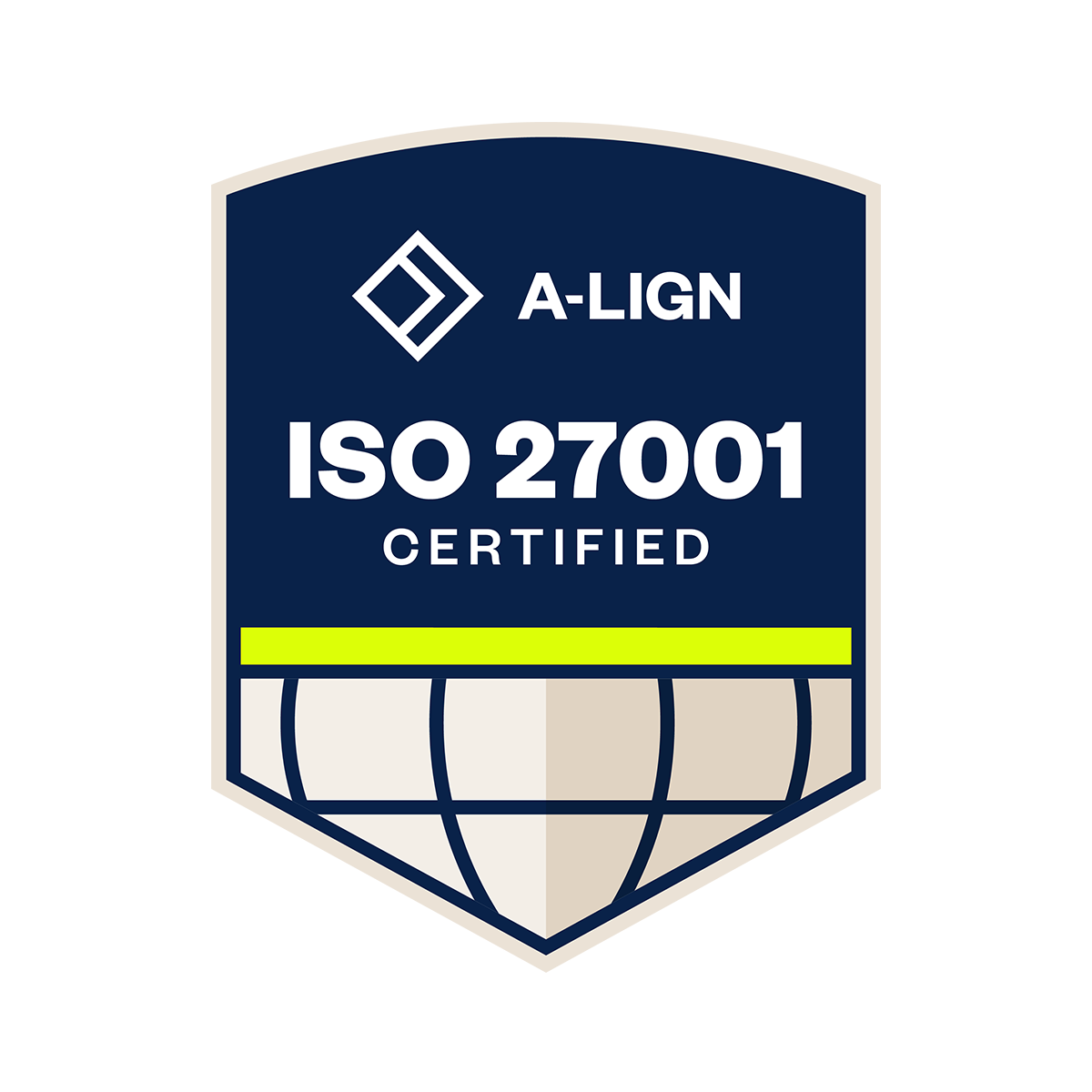Look around you. You probably have your phone close by, maybe a smartwatch on your wrist, and a handful of other gizmos in arm’s reach. Hopefully some of those devices talk to each other, putting all the information and functions you rely on them for in one accessible place.
In many cases, the interconnectedness of tech is the handiwork of integrations using APIs (application programming interfaces). APIs, when they’re used, help disparate softwares exchange information that would otherwise be siloed, creating the tech and information ecosystem we enjoy so much.
API-driven data exchanges and communications are a significant advantage for EOC managers and stakeholders responding to events. Because of the importance of information during an emergency, the single system environment APIs can create is something all emergency managers should implement in their EOCs.
Building Bridges with APIs and Integrations
You can buy, right now, a fridge that connects to wifi and install an app on your phone that allows you to see inside your fridge, access calendars through it, and receive alerts from it.
Simply put, technology is inescapable in today’s world (sorry, George Orwell).
We have gadgets, tools, and software for almost everything life presents us. Some talk to each other, but some don’t. In somes cases, the incapability between different pieces of tech is fine. But in the EOC, it’s a deal breaker.
As an EOC manager, your EOC may rely on one tool or platform to perform (or at least aid in the performance of) several functions. What that platform can’t do will often be supplemented by additional applications, e.g., a GIS mapping platform.
APIs deliver pathways for programs/softwares to communicate. APIs can also work with a large enough program, stitching the gaps extant between different builds, (i.e., solutions).
While two tools like a platform and a mapping application could co-exist separately, the absence of an integration via the APIs the applications provide would force all the stakeholders to jump between the two to fetch information and make decisions. In a response, this kind of dynamic is suboptimal.
How APIs Work, Simplified
If you aren’t immersed in tech and the underlying mechanics, you probably aren’t familiar with APIs.
An API can take a few different forms depending on what two applications or softwares it’s connecting to. At a high level, each “type” of API provides an interface for the disparate programs to exchange information through. By exposing certain paths in a software, developers can make communication between their program and another one quick, easy, and nondisruptive.
Essentially, one API (API 1) makes a request to another API (API 2) which is linked to another software. API 2 fetches the information within its accompanying program, and sends it to API 1. API 1 then sends the information gathered from API 2 to the software it itself is connected to.
Below is a common occurrence that paints the picture well.
You go to the grocery store, planning to buy four different items. You find three without trouble, but find the fourth item’s self space empty. You ask a store employee to see if more are in the back room stock. The employee finds more of the fourth item and gives you one.
You, in this scenario, are Program 1. Your ask is API 1 because it makes a request of API 2, the store employee. The employee carries your request to the back room—aka Program 2—then fulfills the ask and delivers what you’re seeking.
Making APIs Work
These explanations make APIs and the integrations they enable seem straightforward, like closing the buttons on a shirt. All you do is connect one end up to the other, right? Not exactly.
While some API integrations may be effortless and only require a few simple lines of code or fields to be completed, other integrations require more work.
The effortless API integrations tend to be the native integrations. A native integration comes out-of-the-box, meaning the framework and infrastructure needed for a program to communicate with another specific program are already in place. Often times, this just requires a few clicks and/or populated field values to make possible.
Native integrations between different programs, in reality, aren’t nearly as common as they’re made to seem. Creating the links between two programs takes time, thought, effort, and resources from developers. And this buy-in is a long-term investment. If your organization wants to keep an integration running for months or years—to streamline your data organization and evade migration costs—it’ll have to dedicate some time and resources to it every year for maintenance.
APIs and Integrations in the EOC
API integrations are worth the effort they take because they create a larger, holistic view and structure to your operations. So, despite what non-native integrations take to implement (which are the most common by a large margin), the peace-of-mind they create is worth it. Integrations, effectively, create a large, autonomous operational ecosystem that’s far easier to live in than a disconnected one.
The workload APIs carry with them may be enough to convince some to avoid trying to work with them all together. APIs, once they’re working, are an advantage in your operations, however.
Because of the functionality of APIs, platforms and programs that exist independently of each other can create a fully functioning solution. If two programs must exist in separate ecosystems, APIs bridge the gap and prevent silos of information from developing.
For the EOC, this means stakeholders don’t have to double down on their work. An API can make it so when data is entered into one of the systems employed during the response, a corresponding data point is created (or updated) in the other system. The right APIs builds can also create a one-stop-shop for all information for stakeholders, putting them all on the same page and cutting the time it takes to switch between applications for critical response data.
Working with Tech
For those less technically inclined, APIs can be hard to approach. Tech is now a part of everything, however, and that means adapting to the new processes and efficiencies tech creates. To learn more about technology’s effect in the new world, read here.
Programs, gadgets, and other tools greatly expand our experiences, and APIs help make those experiences appear seamless. Consider how you can stitch together the platforms, programs, and tools within your EOC with the help of APIs and enhance your stakeholders’ abilities to respond to emergencies.








